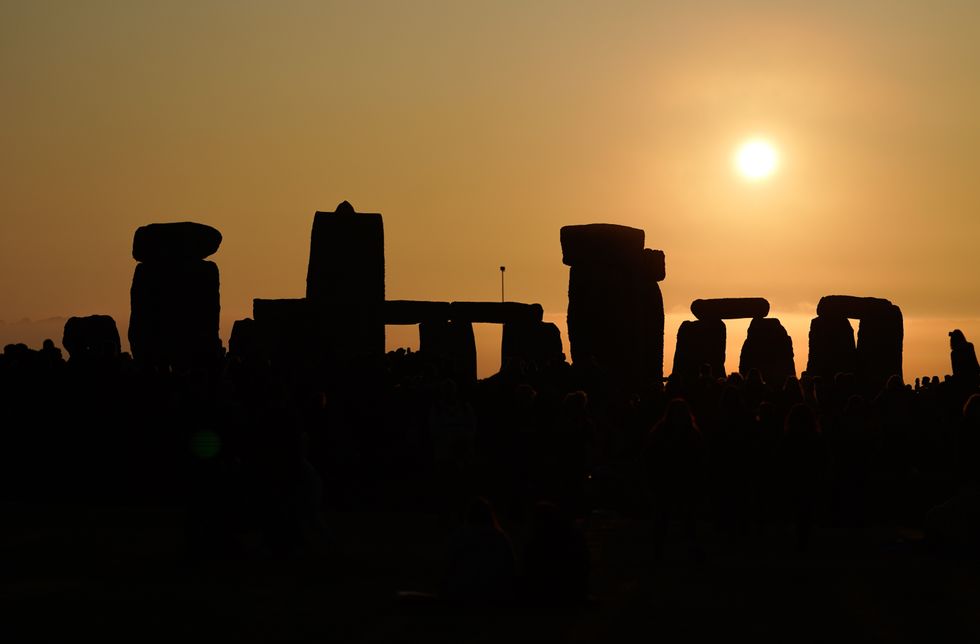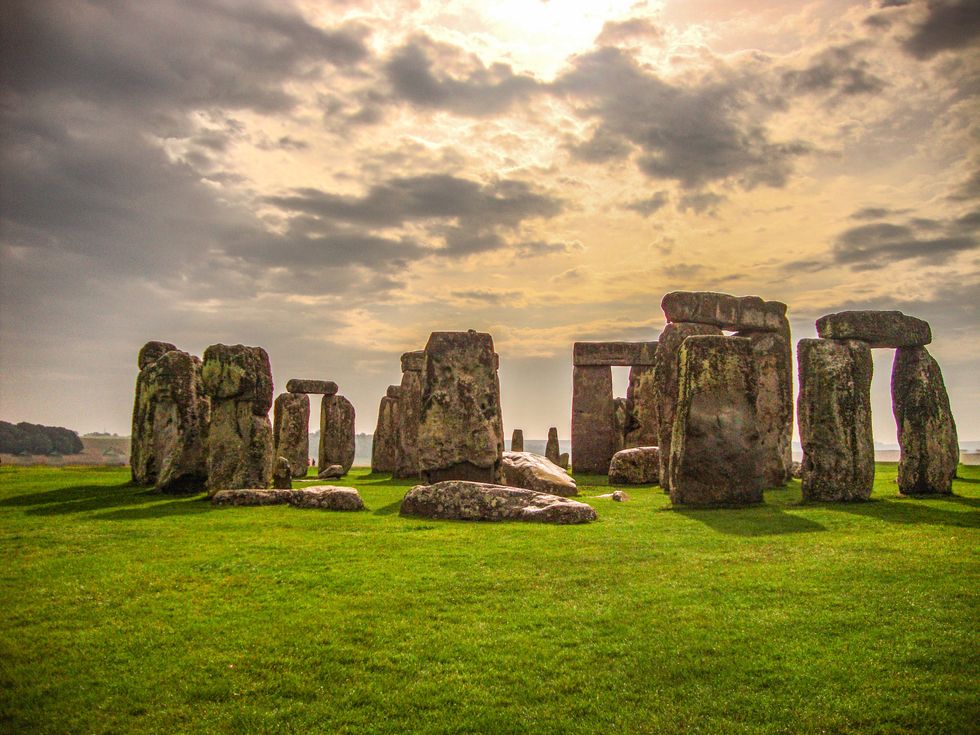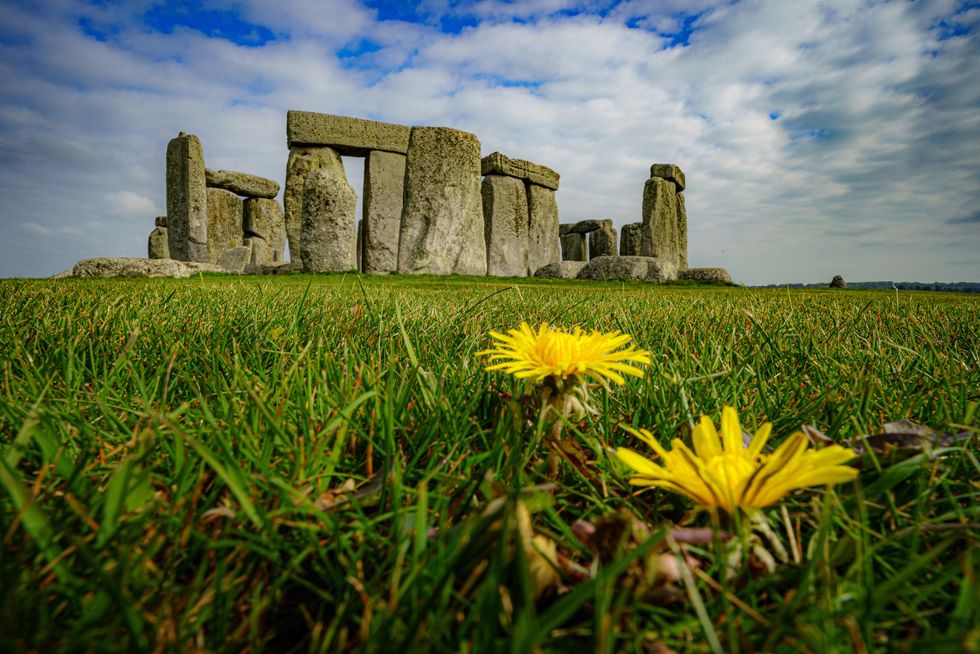Stonehenge: Native Britons built sarsen stones after influx of European migrants
Stonehenge may have been built as a symbol of unity for ancient Britons in response to an influx of European migrants, according to new research.
Experts believe the iconic stone circle was deliberately constructed using rocks from across Britain to create a monument that would unite indigenous people against foreign arrivals.
The theory emerged following the discovery that the site’s altar stone originated from north-east Scotland, travelling some 430 miles to reach Wiltshire around 2,500 BC.
The findings suggest the structure served a political purpose beyond religious significance, researchers from University College London’s Institute of Archaeology have revealed.

The altar stone, weighing six tons, was previously thought to have come from Wales but has now been traced to Scotland’s Orcadian Basin.
It shares similarities with stones found in Scottish circles, where horizontal placement was intentional rather than the result of falling.
The monument also features 43 “bluestones” transported from the Preseli Hills in Wales, roughly 140 miles away.
Larger “sarsen” stones were brought from at least 15 miles away, believed to originate in the West Woods.
MORE LIKE THIS:
- Stonehenge origins revealed as new study sheds light on why megalithic structure was built
- Winter Solstice hotspot is perfect place to spend shortest day…and it’s NOT Stonehenge
- Just Stop Oil protesters charged with ‘destroying’ monument after hurling paint at Stonehenge

“Stonehenge stands out in being a material and monumental microcosm of the entirety of the British Isles,” said Prof Mike Parker Pearson.
Prof Parker Pearson believes the monument had “a political as well as a religious purpose” as a symbol of unification for Britain’s peoples.
“We’ve known for a while that people came from many different parts of Britain with their pigs and cattle to feast at Durrington Walls,” he said.
Nearly half of those buried at Stonehenge lived outside Salisbury Plain, according to researchers.
The similarities between Stonehenge’s architecture and northern Scottish structures “now make more sense” given the new findings about the altar stone’s origins, Prof Parker Pearson added.
The construction timing coincided with significant migration from regions now known as Germany and the Netherlands.

The Welsh bluestones were part of Stonehenge’s first construction phase, with the second phase occurring during a period of increased contact between Britain and mainland Europe.
Prof Richard Bevins from Aberystwyth University likened their research to forensic science, involving a small team of earth scientists.
“Each bringing their own area of expertise; it is this combination of skills that has allowed us to identify the sources of the bluestones, and now the altar stone,” he said.
Prof Parker Pearson dismisses long-held theories about Stonehenge’s purpose, stating: “It’s not a temple – that has been a major stumbling block for hundreds of years. It’s not a calendar, and it’s not an observatory.”
“I think we’ve just not been looking at Stonehenge in the right way,” he added.
The research reveals that while the monument aimed to unite native Britons, the European arrivals ultimately became the dominant population.
The newcomers brought significant advances, including metalworking and the wheel, gradually replacing indigenous Britons over four centuries.
The research will be published in Archaeology International.

